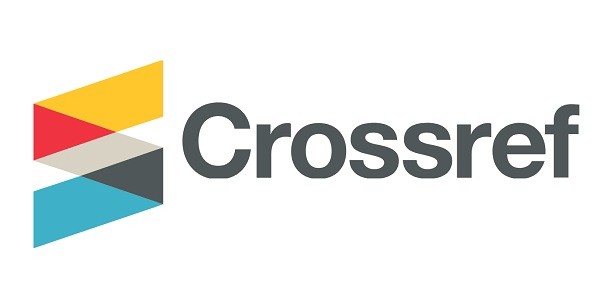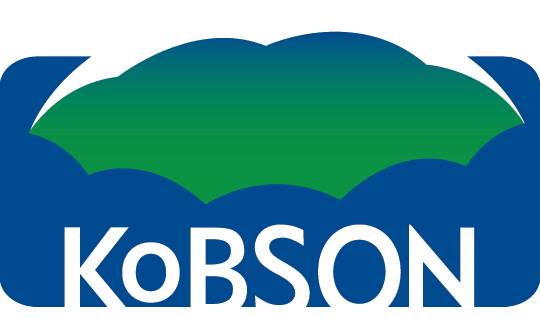DOI: 10.5937/jaes0-35998
This is an open access article distributed under the CC BY 4.0

Volume 20 article 1012 pages: 1063-1072
This paper describes the development of an apparatus to control the fluids that enter a solar collector in experimental tests with respect to the Australian and New Zealand Standard AS/NZS 2535.1.2007. This standard explains the testing procedure, indicating that the inlet fluid should have specified temperature and flow rate uncertainties. The hardware components were constructed in the lab. A new sophisticated data acquisition system with an NI CompactDAQ was added to control the unit, and a new software application in LabVIEW was developed. The unit was operated in an open-loop to understand its behaviour as a multiple-inputs and multiple-outputs system (MIMO). A rule of thumb tuning method was used to design the proportional-integral PI controller for the heating system. Furthermore, a custom decoupler with a PI controller was developed to reduce the interactions in the MIMO. The measured steady-state responses were analysed to determine the flow rate and temperature compared with the limited boundaries. The final results show that the system could supply water to the solar collector within the accuracy requirements. Achieving the fluid's absolute temperature and flow rate within the required constraints of the published standard has proven that the developed unit can be adapted to perform solar collector testing. However, additional steps are suggested for further work to enable the unit to provide field testing.
1. Panjwani, M. K., Yang, S. X., Xiao, F., Mangi, K. H., Larik, R. M., Mangi, F. H., ... & Ali, K. H. (2019). Hybrid concentrated photovoltaic thermal technology for domestic water heating. Indonesian Journal of Electrical Engineering and Computer Science (IJEECS), 16(3), 1136-1143.
4. Eryener, D., Hollick, J., & Kuscu, H. (2017). Thermal performance of a transpired solar collector updraft tower. Energy Conversion and Management, 142, 286-295.
5. Manap, Z. I. A., Abd Wahab, H., Pauline, O., Ismail, A. E., Ismon, M., & Mohamad, Z. (2020, April). Preliminary Studies on Design of Photovoltaic Thermal (PVT) Solar Collector for Roofing System Application. In IOP Conference Series: Materials Science and Engineering (Vol. 824, No. 1, p. 012011). IOP Publishing.
6. Obstawski, P., Bakoń, T., & Czekalski, D. (2020). Comparison of solar collector testing methods—Theory and practice. Processes, 8(11), 1340.
9. Li, W., Torres, D., Díaz, R., Wang, Z., Wu, C., Wang, C., ... & Sepúlveda, N. (2017). Nanogenerator-based dual-functional and self-powered thin patch loudspeaker or microphone for flexible electronics. Nature communications, 8(1), 1-9.
12. Bequette, B. W. (2019). Process control practice and education: Past, present and future. Computers & Chemical Engineering, 128, 538-556.
13. Ogunnaike, B. A., & Ray, W. H. (1994). Process dynamics, modeling, and control. Oxford University Press, USA.
16. Lang, X., Yang, T., Li, C., Yeoh, S. S., Bozhko, S., & Wheeler, P. (2021). An enhanced feedforward flux weakening control for high‐speed permanent magnet machine drive applications. IET Power Electronics, 14(13), 2179-2193.
18. Chati, S., & Patel, A. (2018, May). LabView Implementation of Ball and Beam System Using Cascade PD Control. In 2018 2nd International Conference on Electronics, Materials Engineering & Nano-Technology (IEMENTech) (pp. 1-5). IEEE.







